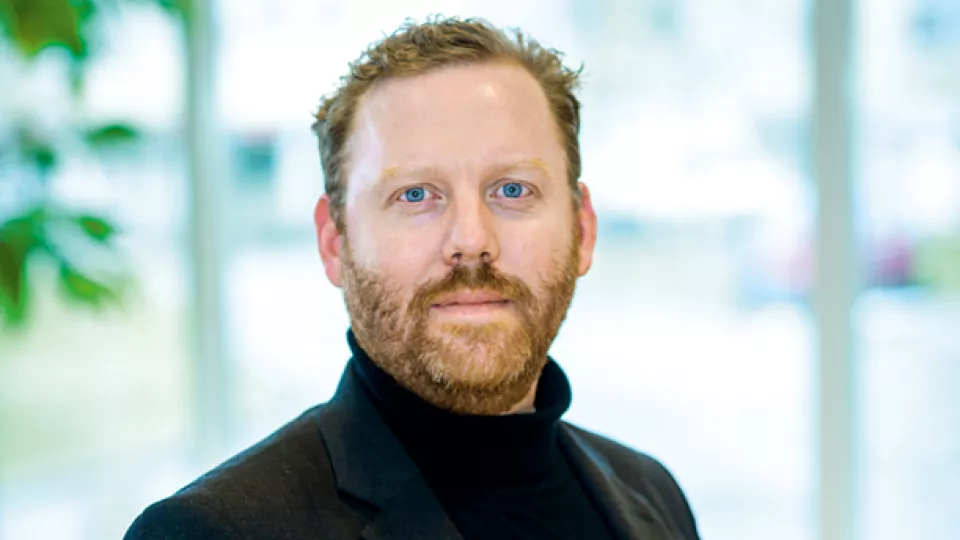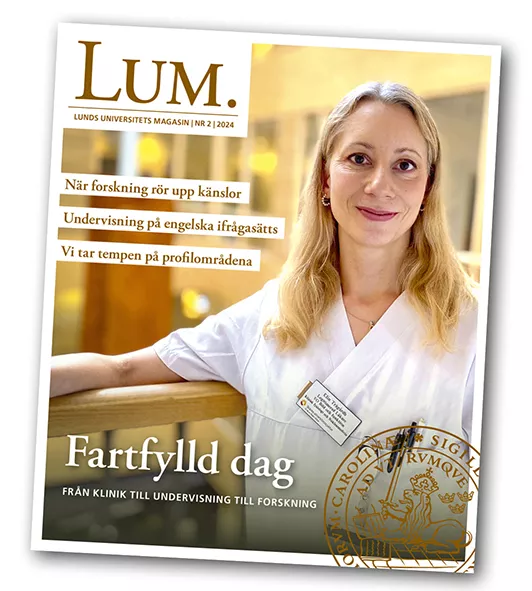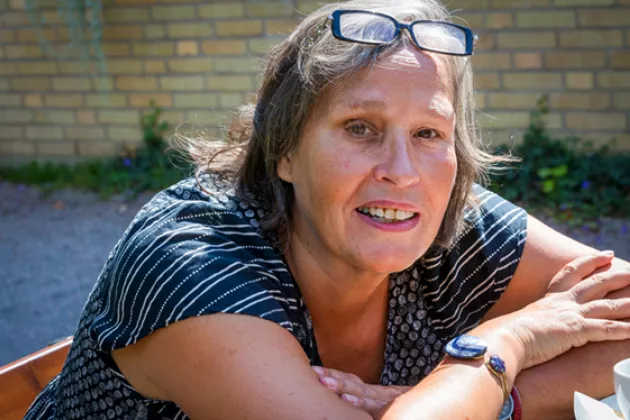The crisis involving several employees in three departments in both Lund and Malmö started in August 2017. In broad strokes, the sequence of events can be described as follows:
It started with a doctoral student reporting their (assistant) supervisor for suspected research misconduct. The supervisor – as well as another researcher – was then subjected to anonymous threats and harassment. The supervisor in turn reported the doctoral student for research misconduct, as well as for the anonymous threats. The threats were reported to the police, security guards were hired and, for a time, the doctoral student was not allowed in the workplace.
After an investigation by the Research Misconduct Review Board, the supervisor was found guilty of research misconduct – but not the doctoral student. The police investigations did not lead to any result and no individual could be linked to the threats.
The Faculty of Medicine observed that the doctoral student was treated in an unacceptable manner in connection with the report, the supervisor was dismissed from their post by the University’s staff disciplinary board and the threats appear to have died down.
The doctoral student has changed the subject of their thesis and is now being compensated as far as possible for the time lost.
“Many people have been strongly affected by this. Not only those who were threatened but also the doctoral student and other employees. There has been a bad atmosphere and a great deal of speculation”, says Jimmie Kristensson, who thinks this must be one of the most complicated work environment cases that Lund University has ever had to deal with.
He thinks it is a good thing that research misconduct is investigated externally, but the faculty is responsible for the work environment and when many departments with several HR divisions are involved, coordination problems can arise.
“It is also difficult to manage a situation which is continually escalating!”
Jimmie Kristensson sees a lack of a clear plan for how to deal with people in connection with misconduct.
“A person who reports someone in good faith must be better protected. At the same time, the person reported and those around them must also be taken care of and given support”, he says.
However, Jimmie Kristensson thinks that from the employer’s side, the matter was handled as well as it could be under the circumstances. An external consultant was brought in at an early stage in the process, heads of department and HR managers met regularly as a team, they hired security guards when the work environment felt threatening, and got help from LU’s chief security officer and central HR. Now several processes, action plans and HR documents are under revision.
“As an organisation we have been tested, but we will emerge stronger from the crisis and eventually we will have benefited in terms of system issues”, he believes. “However, there is a reminder from the Swedish Work Environment Authority that we should have reported the problems sooner than we did. We have learnt from that.”
In general, Jimmie Kristensson thinks there is a lot to be learnt about the psychosocial work environment within Lund University.
“We are really good at the physical work environment. If someone falls off a ladder we know exactly what to do. That preparedness is sometimes lacking when it comes to the psychosocial dimension.”
He also thinks that academic managers must talk more about leadership itself and what it means to be a leader.
“We don’t have the same conditions as a company; other factors affect our psychosocial work environment and we must take them into account”, says Jimmie Kristensson.






